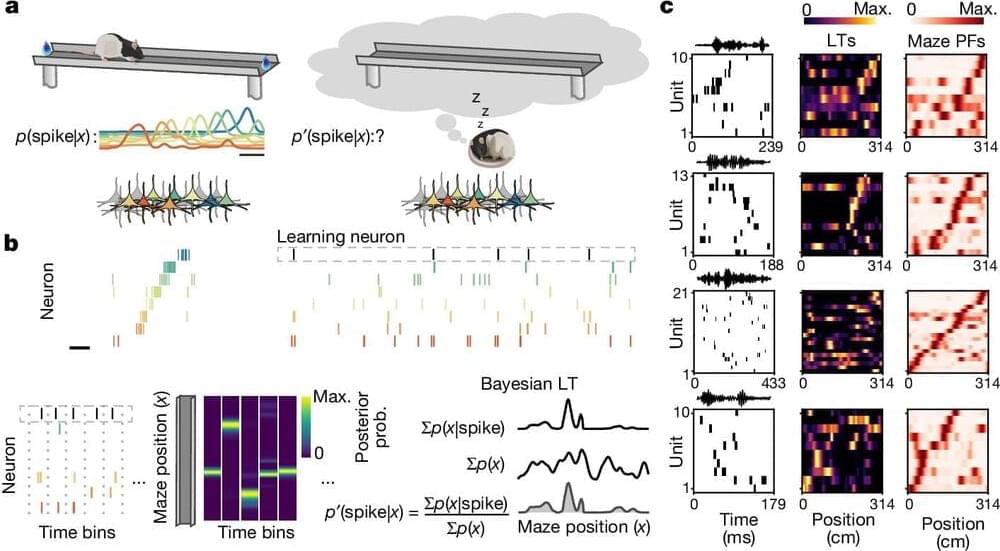Join my mailing list https://briankeating.com/list to win a real 4 billion year old meteorite! All.edu emails in the USA 🇺🇸 will WIN!
Previous guest and friend of the show, Sir Roger Penrose, argues that human consciousness is not algorithmic and, therefore, cannot be modeled by Turing machines. In fact, he believes in a quantum mechanical understanding of human consciousness. However, as with any issue related to human consciousness, many disagree with him. One of his opponents is Daniel Dennett, with whom I recently had the pleasure of talking. Tune in to find out why Dennett thinks Penrose is wrong!
If you liked this clip, you will for sure love the full interview: • Video.
Shortly after our interview, Daniel sadly passed away at the age of 82. He was a renowned philosopher, thought-provoking writer, brilliant cognitive scientist, and vocal atheist. He was the co-director of the Center for Cognitive Studies, the Austin B. Fletcher Professor of Philosophy at Tufts University in Massachusetts, a member of the editorial board for The Rutherford Journal, and a co-founder of The Clergy Project.
Known as one of the \.







